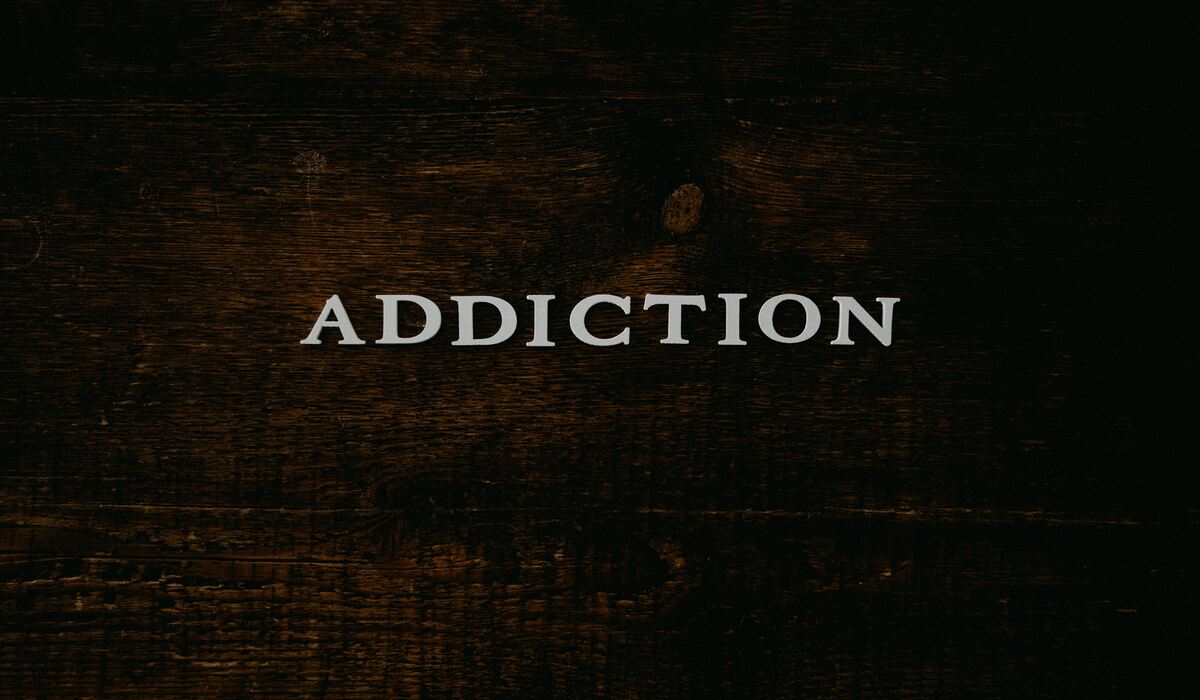Table of Contents
In the realm of addiction medicine, the complexities of substance misuse cannot be understated. When an individual’s reliance on drugs or alcohol transcends into a clinical and functional malady, it’s indicative of a profound addiction that warrants expert intervention.
The multifarious impact of drug and alcohol addiction spans physical, psychological, and socio-emotional domains, affecting not only the individual but also their broader social network.
Contrary to prevailing misconceptions, it’s imperative to underscore that addiction, while challenging, is not insurmountable. With evidence-based therapeutic interventions and structured rehabilitation, recovery is not only possible but expected.
The Therapeutic Journey in Substance Rehabilitation
At the forefront of addiction medicine, institutions like Genesis House advocate for a structured path to sobriety, emphasizing that with targeted interventions, individuals can reclaim a life untethered from drug dependency.
Substance rehabilitation is not merely a treatment; it’s a transformative journey. Recognizing the multifaceted nature of drug dependence, it’s clear that a singular approach is insufficient. Each individual presents with a unique constellation of factors, necessitating a tailored therapeutic strategy.
This discourse aims to elucidate the nuances of substance misuse, delineate the spectrum of therapeutic modalities available, and provide a roadmap for selecting an optimal rehabilitation facility.
Substance Misuse: A Clinical Perspective
From a clinical vantage point, substance misuse is a pervasive disorder that disrupts an individual’s physiological homeostasis, cognitive clarity, and socio-emotional equilibrium. For those embedded in familial structures, the ramifications can extend to subsequent generations.
Clinically, substance misuse is characterized by patterns of overconsumption, off-label use, or an overwhelming physiological and psychological reliance on the substance. Most commonly is substance addiction in men, but women are also affected.
This category encompasses a broad spectrum: illicit substances, alcoholic beverages, volatile solvents, and prescription medications, each with its unique pharmacological profile and associated risks.
Etiology of Substance Misuse
The etiological underpinnings of substance misuse disorders are multifactorial. Genetic predispositions play a significant role, accounting for approximately half of an individual’s vulnerability. The trajectory often commences with experimental use, escalating to habitual consumption, burgeoning tolerance, and ultimately, entrenched addiction.
Concomitant mental health disorders, such as depression or anxiety, often coexist, complicating the clinical picture. Other precipitating factors encompass psychosocial stressors, early-life adversities, and environmental triggers.
Rehabilitation Modalities: An Expert’s Guide
Given the staggering prevalence of substance dependency, it’s alarming that only a fraction of affected individuals actively seek therapeutic intervention. Moreover, Navigating the myriad rehabilitation options can be daunting. Here’s a distilled overview:
Residential (Inpatient) Centers These facilities offer an immersive therapeutic environment, providing intensive interventions and round-the-clock support in a controlled setting, optimizing the recovery trajectory.
Outpatient Rehabilitation Facilities For those for whom residential commitment is untenable, outpatient centers offer structured interventions in a flexible format. As well as, allowing individuals to integrate therapy into their daily lives.
Community Support Assemblies Beyond clinical settings, community-based support groups, such as Narcotics Anonymous and Alcoholics Anonymous, have been instrumental in countless recovery journeys, underscoring the therapeutic power of communal solidarity.
Selecting a Rehabilitation Facility: An Informed Decision
Choosing a rehabilitation modality is a nuanced decision, contingent on the individual’s clinical presentation, psychosocial context, and logistical considerations. While cost is a consideration, it’s a misconception to equate financial outlay with therapeutic efficacy. Additionally, The crux lies in the alignment of the therapeutic approach with the individual’s unique needs.
For those embedded in familial structures, logistical considerations, such as outpatient modalities or familial support during residential stays, are paramount.
Recovery: A Clinical Odyssey
Substance misuse, in its myriad manifestations, necessitates a diverse therapeutic arsenal. The overarching goal remains consistent: facilitating a life of sustained sobriety.
Both inpatient and outpatient modalities offer a plethora of evidence-based interventions tailored to individual needs. The chosen rehabilitation center plays a pivotal role in shaping the recovery trajectory. Lastly, For those ensnared in the web of addiction, seeking expert intervention is not merely advisable—it’s imperative
Photo by Annie Spratt on Unsplash


